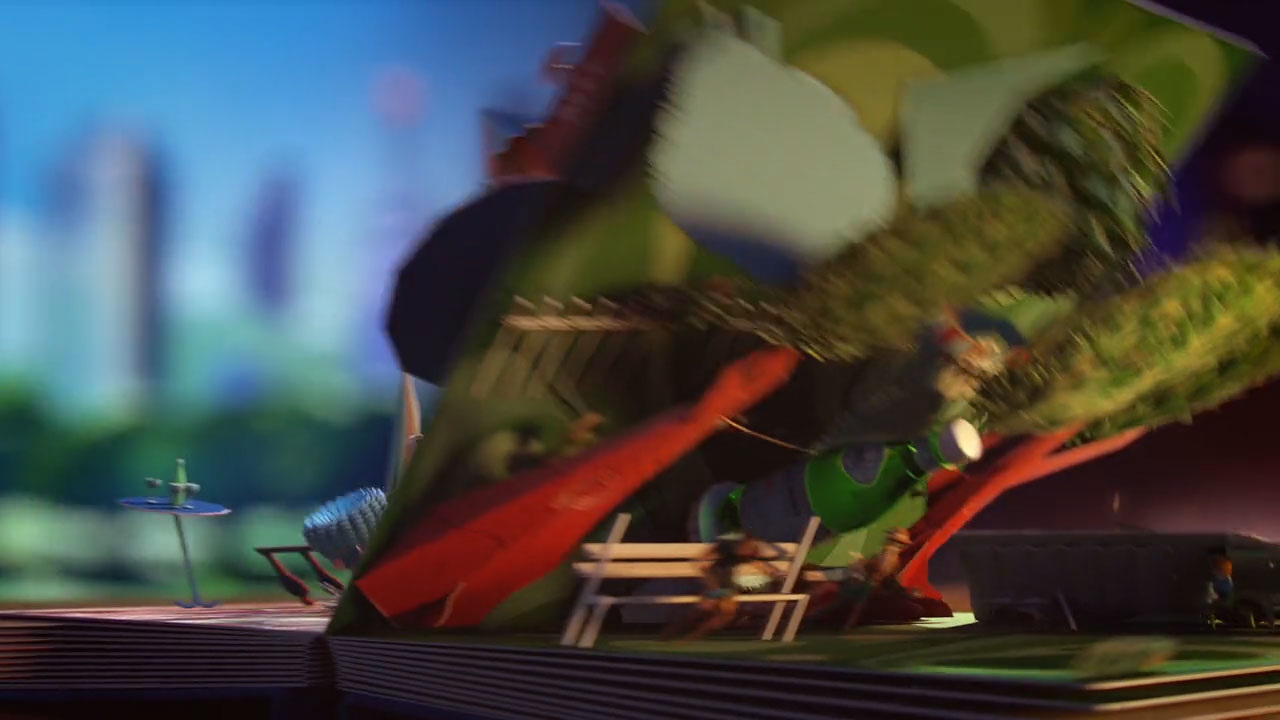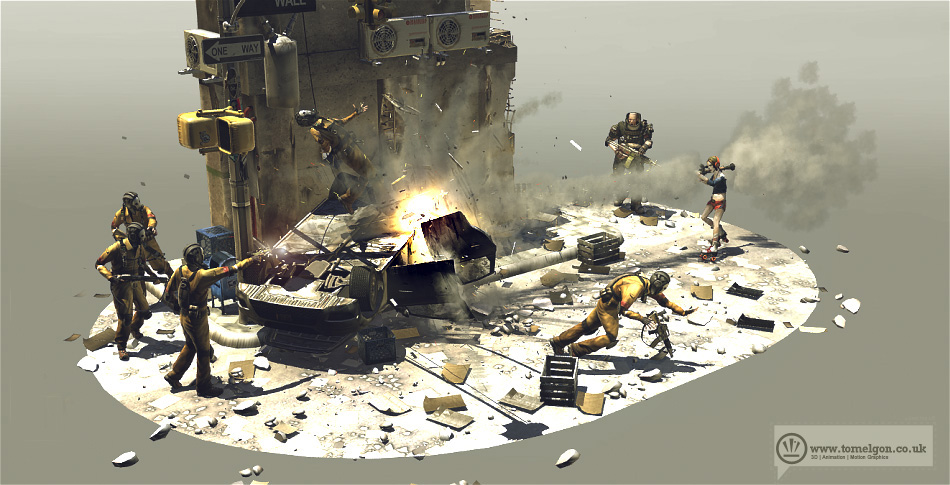

So while your story is compelling, and totally resonates with me, I worry it's a case of "suddenly seeing red cars everywhere" and doesn't align with all the evidence. In fact, we often find these copycat homes & clothes quaint or beautiful or stylish. The white-washed houses on Greek islands, or adobe houses in Southwestern pueblos, or village churches in England are cookie-cutter copies. Folk songs are 100% creatures of their form and sound very homogeneous. Every quaint Alps inn served the same food with the same quaint Alps décor.

Everyone in Cambodia wore the same things for centuries. Fashions! A deck on those would be very large.Īnd the other is, it's nothing new. Offbeat hand-built homes & prefabs & shipping containers. Strange self-published books & book-like things. Indie films (& posters) that show in local cinemas & smaller festivals. One: we actually have more diversity than ever. I worry you're leaving out two big things. Don't delete them though or the link to their collider info will be gone.Įnjoy these placeholder graphics as well.Alex, this lovely. Your trigger events should now fire whenever you hit this GameObject!Ĭleanup: You can also disable all the sprites that you have in the scene you created earlier. Want to see OnTriggerEnter2D() fire when your collider hits something? Create another game object that has a 2D collider on it, set Is Trigger to true, add a Rigidbody2D component and set Is Kinematic to true. To see the collider, make sure to have the GameObject selected while playing, and enable Gizmos in the top right of the Game view.
#Framebyframe fights update
Test your scene out and watch the collider update in sync with your animation. This just resets the collider so your hit boxes don't stay forever. Go ahead and add a setHitBox() clear event somewhere near the end of your animation. Select the value that corresponds to the frame (and thus hit box) you want to enable with this animation event at this frame. Choose setHitBox() from the function dropdown. To add an event, right click above a frame and select "Add Animation Event". Select that GameObject and open up the Animation editor.įrom the clip dropdown, select the animation that needs the hit boxes we've been working on. The character you're working on should already have the HitboxManager script attached, and this should also be the GameObject that handles the animating. This is what we will call from the animator to display or clear hit boxes as needed. Note that the HitboxManager includes a setHitBox() function. Our last step is to tell the manager when and what collider to use. Now the HitboxManager can use the collider info from each sprite.

Make sure to also update the hitBoxes enum with each frame, and fill out the colliders array in Start(). Go back to the inspector and drag each sprite into the corresponding slot in the HitboxManager component. It already has room for two-currently named frame2 and frame3.Ĭreate a public PolygonCollider2D variable for each sprite you customized earlier. This script will hold references to all of the colliders we just hand made. This is the GameObject that will need to be doing the actual collision detection and animations. Next, attach the HitboxManager script to your actual character (Sprite) GameObject. Click the Edit Collider button and fit the polygon to wherever you want the hit box for that frame. Attach a PolygonCollider2D component to each sprite.

LocalCollider.SetPath(0, colliders.GetPath(0)) įor this example we'll be using Sprites and PolygonCollider2Ds.ĭrag the sprites that need hit boxes into the scene. LocalCollider.pathCount = 0 // Clear auto-generated polygons LocalCollider.isTrigger = true // Set as a trigger so it doesn't collide with our environment LocalCollider = gameObject.AddComponent() Public class HeroHitBoxManager : MonoBehaviour I'm using 2D Sprites but it can be applied to 3D GameObjects as well.Ī HitboxManager script to swap hitboxes when neededĪnimation Events that tell the HitboxManager when to draw hitboxesĪ reference hitbox for each frame that needs a hitboxīefore we get started, here's an example of a HitboxManager script: using UnityEngine This isn't the prettiest solution but it gets the job done.


 0 kommentar(er)
0 kommentar(er)
